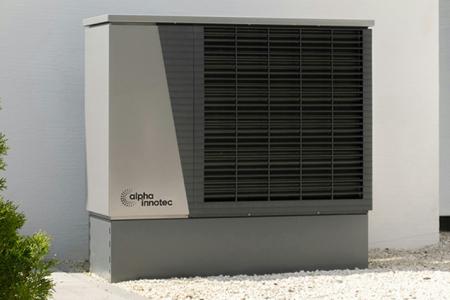Heating
What you need to know
Along with insulation, choosing an energy efficient heating system can be one of the most important choices we make when improving our home. As technology has developed, there are more options than ever for heating your home while saving your money and the planet. Below, we have answered the most common questions about heating your home and explained what options are available.
Boilers
Gas boilers are the most common way of heating homes across the country, making up about 80% of the country’s heating systems. These boilers burn natural gas to heat up water. This water is used to heat up your radiators and run hot water from your taps. Most houses use a ‘combi’ boiler, which provides hot water and central heating from one system. Some houses still use a conventional boiler, which has separate tanks for hot water and cold water. This takes up more space and is less energy efficient to run.
Under the Energy Company Obligation (ECO4), boilers are only installed if they are replacing a conventional boiler with a combination boiler.
Because boilers use natural gas, which is a non-renewable resource, there is a growing demand to move away from gas boilers towards other, more energy efficient heating methods. Also, most grant funding can no longer be used to pay for the installation of boilers and must be used to install new heating technologies instead.
Heat pumps
Heat pumps are a newer technology that can be used to provide hot water to your home. Heat pumps are completely powered by electricity, which means they have a smaller carbon footprint and can be powered by renewable energy sources.
Heat pumps explained
The two most common types of heat pumps are air source heat pumps and ground source heat pumps. Heat pumps work by drawing heat from their surroundings to heat up a liquid designed to carry energy. This energy is transferred to a water tank inside your property. This water is used to power your radiators and provide hot water to your home.
Air source heat pumps
Air source heat pumps are installed outside your property, meaning you will need some space on your external walls where the heat pump will sit. Air source heat pumps work by drawing heat from the air outside; they can even work in cold weather.
The advantages of an air source heat pump are:
- they have a small carbon footprint
- they can be powered with renewable energy
- they can save on your heating bills
Grant funding schemes will often fund their installation.
However, there are some disadvantages. The upfront cost is high if you cannot get funding assistance, and the required space can be an issue for some households. You will also need indoor space for the hot water tank, required for maximum efficiency.
Ground source heat pumps
Ground source heat pumps are very similar to air source heat pumps. Pipes containing a specialised heat-transfer fluid are installed under the ground outside your home. These pipes draw heat energy from the ground and take it to the heat pump, where it is compressed to heat it up further. Just like an air source heat pump, this fluid is then used to heat up a hot water tank in your home.
Ground source heat pumps have many of the same advantages air source heat pumps have, as well as being even more efficient. However, in addition to the disadvantages presented by air source heat pumps, ground source heat pumps also need a lot more space to install. This installation can be disruptive, as the ground will need to be dug up to make space for the heat transfer pipes.

